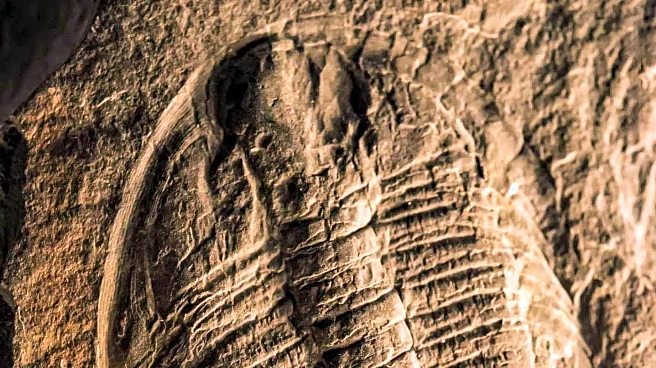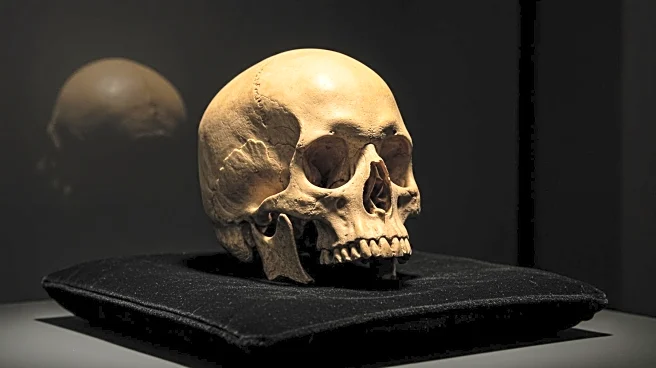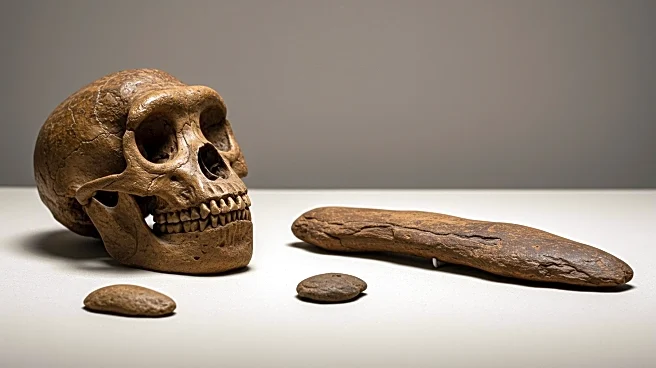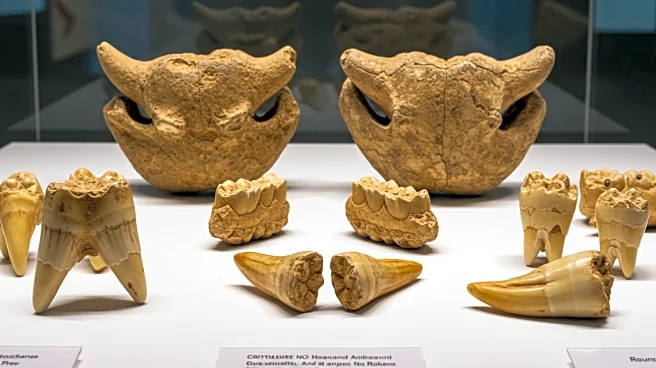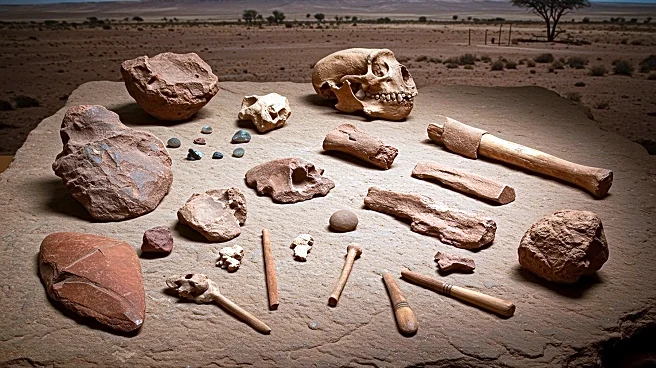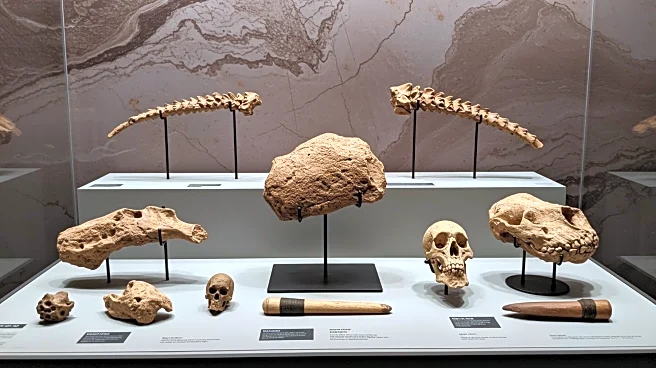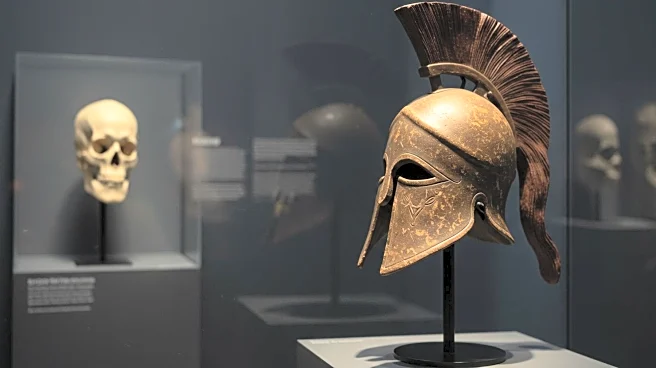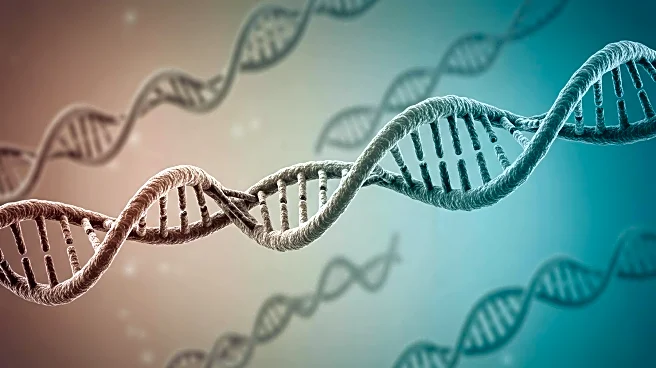Rapid Read • 6 min read
The 3.18-million-year-old remains of Lucy, a significant human ancestor, are being displayed in Europe for the first time at the Czech National Museum in Prague. Discovered in Ethiopia in 1974, Lucy's remains are among the most complete and oldest ever found, providing crucial insights into human evolution. The exhibition also features Selam, a fossil of a baby Australopithecus discovered in the same region. The remains are on loan from Ethiopia's National Museum and will be part of a 'Human Origins and Fossils' exhibition for 60 days. The exhibition aims to promote Ethiopia as the land of human origin and highlight the importance of these fossils in understanding human ancestry.
AD
The exhibition of Lucy and Selam in Europe is a significant cultural and scientific event, offering a rare opportunity for the public to engage with pivotal artifacts in the study of human evolution. It underscores the importance of international collaboration in preserving and showcasing global heritage. The display not only enhances public understanding of human origins but also strengthens cultural ties between Ethiopia and the Czech Republic. By promoting Ethiopia's rich archaeological heritage, the exhibition may also boost tourism and academic interest in the region.
AD
More Stories You Might Enjoy
